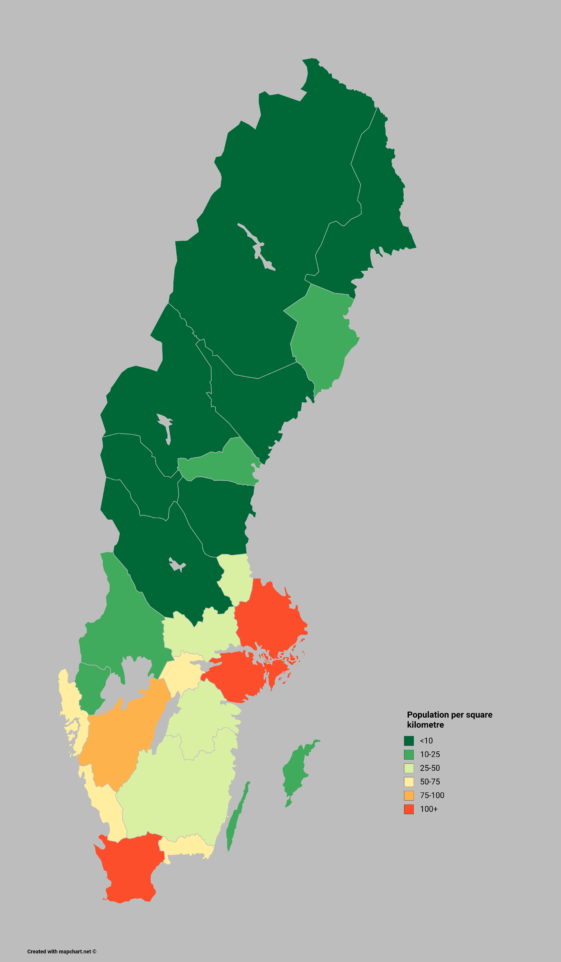


Even today when habitat is increasingly fragmented, this will seldom correspond to a biological population.Ĭhristopher N. In most studies, therefore, density simply gives the number of organisms present in some defined study area. Since range expansion appears to be common, density should only be used as a proxy for population size when the range is constrained, as on islands. However, if the population was able (or driven by density-dependent migration) to expand its range, then the density could remain constant whereas the population grew. If, as the population increased in size, the population was unable to expand the area it inhabited, then the density would increase in proportion to the size. Unfortunately, density-dependent processes can weaken this link. However, it will perhaps give a relative measure of the population so that changes in the population size will be reflected in changes in the density. However, if the area does not include the whole population then this simple calculation does not work. If it includes the entire population of interest, then the density multiplied by the area gives total population size. The main problem lies in defining the area to be sampled. Therefore, definitions of rarity that use either population density or species range are likely to be misleading compared with a definition that uses the product of the two. Unfortunately, the link between population density and population size is not always direct (Gaston and McArdle, 1994). This is particularly true in applied ecology (e.g., conservation and fisheries science). Sometimes, density can be used as an explicit proxy for population size, which of course is what many ecologists want to know about. Even though the environment changes in a positive way, there may be no increase in density. Of course, if the species is regulated by density-dependent processes (e.g., mortality or emigration) then the relationship of density with the attractiveness of the environment can be obscured. In this way, changes in density can provide insight into the natural history of the preferences and tolerances of individuals of the species. If conditions are not good for the species, the density will be low (organisms will have died or moved out of the sampled area), whereas if conditions are good the density will be high (organisms will have reproduced and/or immigrated into the area). Population density is often used as a simple relative measure of how an organism responds to local conditions. McArdle, in Encyclopedia of Biodiversity (Second Edition), 2013 As a Response Variable In general you will tend to see that organisms that do really well at reproducing, you will typically find them in higher densities obviously then the organisms that typically have fewer offspring but often each individual offspring is given more resources and those organisms called key selectors are typically found in lower populations, lower density populations.Brian H. Now population densities can vary from one species to the next at which density they tend to do best but a general trend that you will see is that if your density gets too high then you start having problems in that population in terms of there's a greater chance in disease and greater competition for resources whereas if the density of the population gets too low then you start having problems with finding mates and that can ultimately lead to problems with in breeding for example in some species or some populations. Now this gets a little bit complicated when you're talking about aquatic populations because then you have to figure out volume but the idea is the same. So you'll typically be getting number of say 0ne butts in a square kilometer or could be the number of peri-kitts in a square mile. In studying population ecology a common measurement that is made of a population in a particular area is what is known as population density and that is simply what is the number of organisms in a particular area divided by that area.


 0 kommentar(er)
0 kommentar(er)
